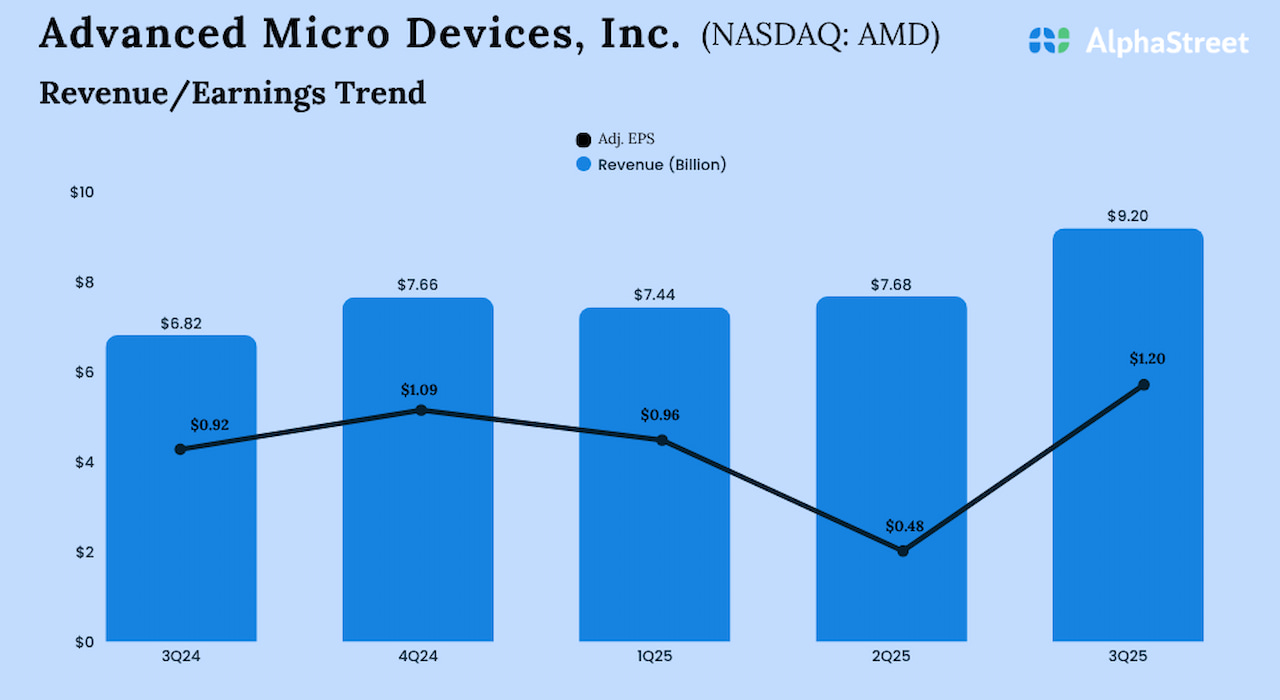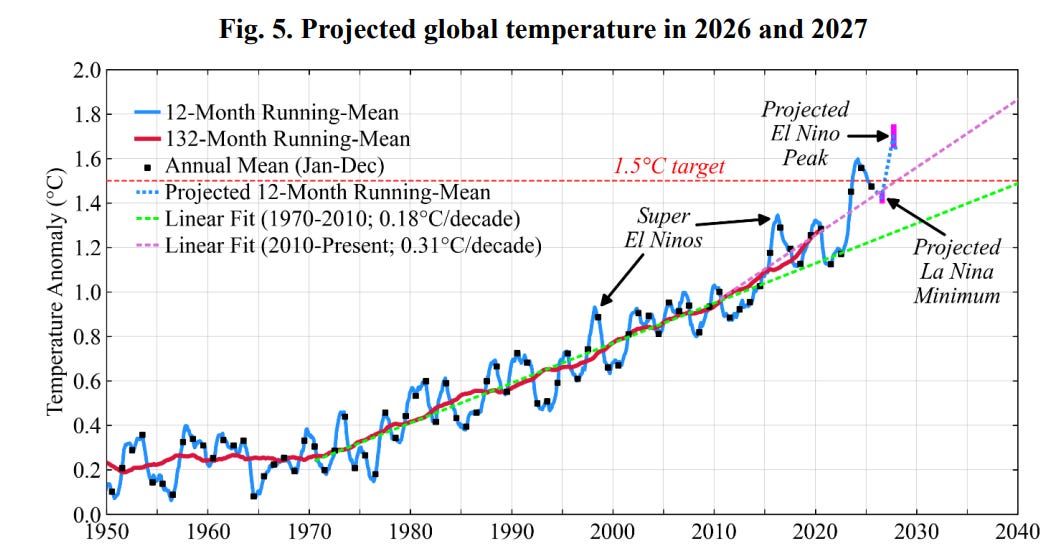If you’ve ever worked late nights, weekends, or double shifts, you’re likely very familiar with overtime pay. But the benefits just got better — as of 2025, there’s a new tax break designed specifically for those who work overtime. A provision in the One Big Beautiful Bill, referred to as the no tax on overtime deduction, could put some of the money you made from overtime hours back in your pocket this tax season.
Whether you’re hustling late-night shifts, working weekends, or clocking extra hours to make ends meet, here’s everything you need to know about the new overtime deduction and how TaxAct® can help you claim it on your tax return this year.
Did the no tax on overtime pass?
Yes. The no tax on overtime bill was included in the One Big Beautiful Bill that President Trump signed into law in July 2025. This new law creates a first-of-its-kind tax exemption for certain overtime pay, effective beginning in tax year 2025.
Although no tax on overtime passed, we are still awaiting the IRS to provide final regulations that finalize some details, such as guidance on how employers should report overtime and whether contractors qualify for the deduction. We will update this page with new information as it becomes available.
When does no tax on overtime start?
The no tax on overtime deduction begins with the 2025 tax year. That means you’ll first claim it when you file your tax return in early 2026. However, the provision is not permanent. Under the current law, this new deduction is scheduled to remain in place through the end of 2028 unless Congress decides to extend or modify it.
How does no tax on overtime work?
Here’s what you need to know about the One Big Beautiful Bill no tax on overtime deduction:
Who qualifies for no tax on overtime deduction?
The deduction applies to most taxpayers who receive overtime wages under the Fair Labor Standards Act (FLSA). That means:
Hourly and other non-exempt employees are eligible for this benefit.
Exempt salaried employees generally do not qualify for this deduction, since they don’t receive overtime under FLSA rules. Non-exempt salaried employees can still qualify, since they are entitled to overtime protections.
You must have overtime earnings paid at a higher rate than your regular wages.
A valid Social Security number is required.
It’s still unclear whether self-employed workers like independent contractors will qualify — as of right now, you’ll still report business income and expenses normally on Schedule C.
How much overtime pay can be deducted?
You can claim up to $12,500 of qualifying overtime pay on a single return, or up to $25,000 if you’re filing jointly with your spouse.
Remember, this applies only to the “extra” portion of your overtime compensation (the half-pay above your base rate). If you earn straight-time bonuses, tips, or hazard pay, those don’t qualify for the overtime deduction.
2025 safe harbor rule
There’s also a one-year safe harbor rule (just for 2025) that lets employers average your overtime hours from the second half of the year (July to December) to figure your deduction. This rule is meant to ease the transition into the new overtime tax law, which was not passed until halfway through the 2025 tax year.
Reporting requirements for overtime pay
Employers must start separately reporting overtime wages on Form W-2 and other IRS tax statements. In 2025, employers are expected to use a temporary reporting method since Form W-2 won’t yet have a dedicated box for overtime pay. Most will likely include qualified overtime compensation in Box 14 (Other) or possibly provide a separate statement showing your qualified overtime compensation.
Starting in 2026, the IRS plans to add a specific box to Form W-2 for overtime wages to make the process more consistent.
Example: How to calculate the overtime deduction
Let’s say Maria is a non-exempt full-time employee who earns $20 per hour. In 2025, she works an extra 10 hours of overtime each week at time and a half, which means she earns $30 per hour for those overtime hours.
Here’s how she would calculate her overtime deduction:
Her regular pay stays at $20 per hour.
Her overtime rate is $30 per hour, but only the extra $10 per hour (the half above her base rate) counts toward the deduction.
Over 10 overtime hours, that’s $100 in deductible overtime per week.
If she works overtime every week of the year, her deductible overtime totals $5,200 (52 weeks × $100).
Maria can claim that $5,200 as an above-the-line deduction on her 2025 tax return, lowering her adjusted gross income. If her spouse also qualifies and they file jointly, their combined deduction could be as high as $25,000, depending on the amount of overtime they both worked.
How to claim the no tax on overtime deduction with TaxAct
When you file your tax return for the 2025 tax year, TaxAct will walk you through entering your overtime compensation. Because employers must separately report overtime pay, you’ll simply enter your information from Form W-2, and our tax prep software will apply the deduction automatically if you qualify using a new tax form called Schedule 1A for Form 1040.
Basically, you don’t need to worry about figuring it out on your own — TaxAct will guide you through the reporting process step by step.
FAQs about the no tax on overtime deduction
The bottom line
The no tax on overtime deduction is a major new tax break for millions of working Americans. By cutting federal taxes on extra hours, the new law means more money in your pocket when you put in overtime.
If you earn overtime wages, make sure you understand the no tax on overtime income limits and know how much of your overtime compensation qualifies. Come tax season, TaxAct will guide you through the steps to claim this deduction and help you keep more of your hard-earned overtime pay.
This article is for informational purposes only and not legal or financial advice.
All TaxAct offers, products and services are subject to applicable terms and conditions.





























